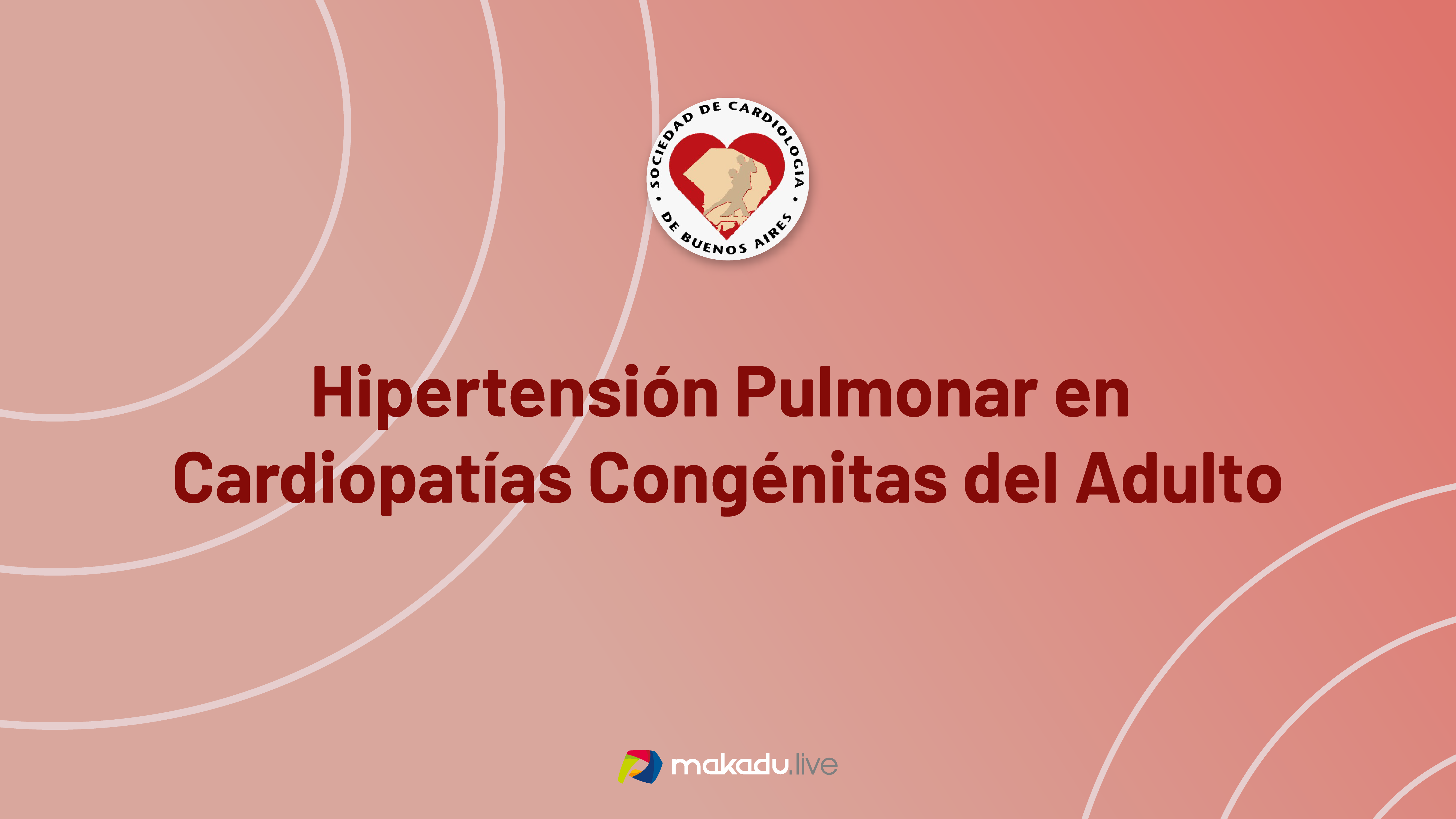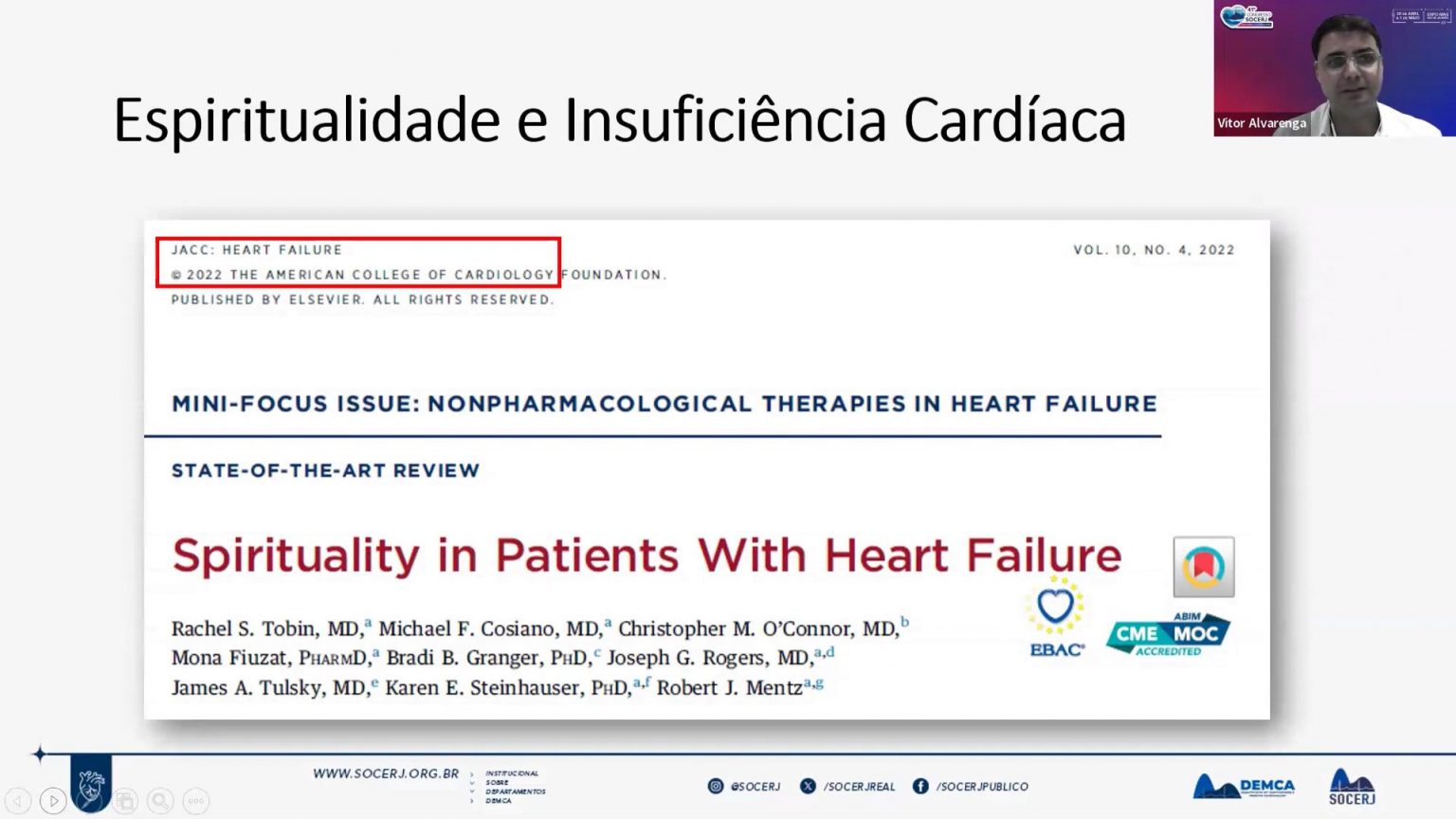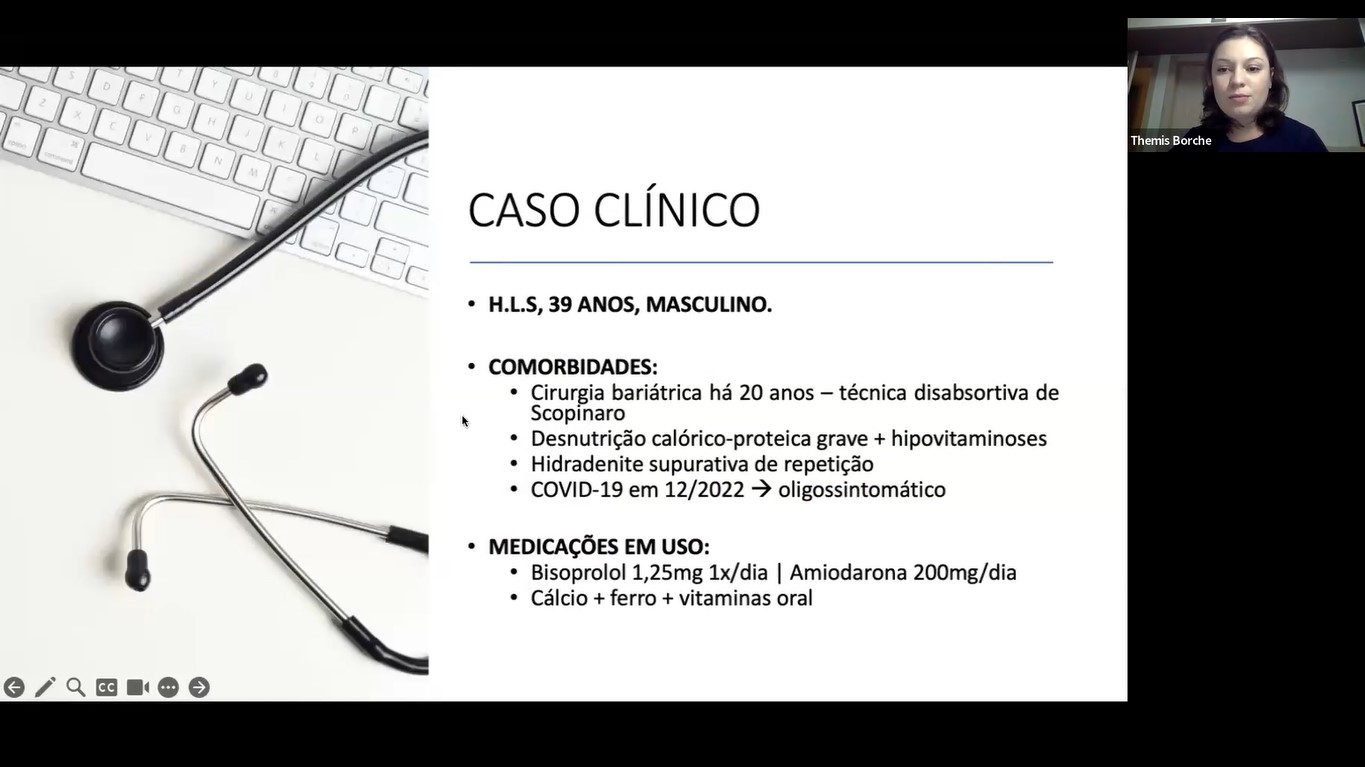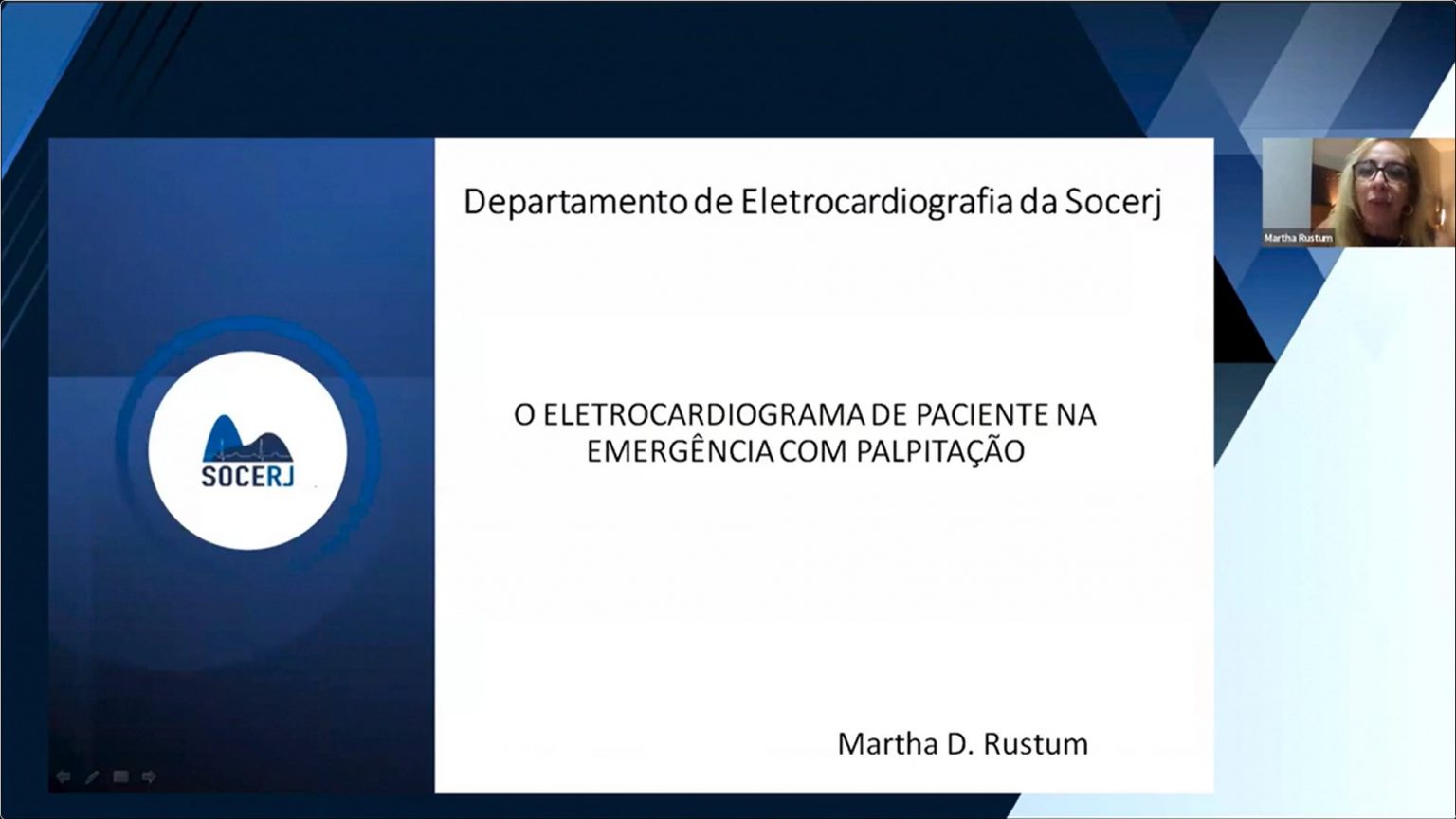“Conversas sobre Hipertensão” – o Podcast do DHA / SBC – Poluição e hipertensão
Sobre este conteúdo
Este é o "Conversas sobre Hipertensão" - o Podcast do DHA / SBC. Uma iniciativa dedicada aos profissionais de saúde interessados em hipertensão, trazendo conteúdos relevantes e atualizados para você. Junte-se a nós para explorar os desafios e avanços no cuidado ao paciente hipertenso.
Associations between PM2.5 and its chemical constituents and blood pressure: a cross-sectional study
Dong, Shu; Yu, Bin; Yin, Chun; More
Journal of Hypertension. 42(11):1897-1905, November 2024.
Objectives:
To investigate the associations between PM 2.5 and its chemical constituents with blood pressure (BP), assess effects across BP quantiles, and identify the key constituent elevating BP.
Methods:
A total of 36 792 adults were included in the cross-sectional study, representing 25 districts/counties of southeast China. Quantile regression models were applied to estimate the associations of PM 2.5 and its chemical constituents (ammonium [NH 4 + ], nitrate [NO 3 − ], sulfate [SO 4 2− ], black carbon [BC], organic matter [OM]) with systolic blood pressure (SBP), diastolic blood pressure (DBP), and mean artery pressure (MAP). A weighted quantile sum (WQS) index was used to estimate the relative importance of each PM 2.5 chemical constituent to the joint effect on BP.
Results:
The adverse effects of each interquartile range (IQR) increase in PM 2.5 , NH 4 + , NO 3 − , SO 4 2− , and BC on BP were found to be greater with elevated BP, especially when SBP exceeded 133 mmHg and DBP exceeded 82 mmHg. Each IQR increase in all five PM 2.5 chemical constituents was associated with elevated SBP ( β [95% CI]: 0.90 [0.75, 1.05]), DBP ( β : 0.44 [0.34, 0.53]), and MAP ( β : 0.57 [0.45, 0.69]), NH 4 + (for SBP: weight = 99.43%; for DBP: 12.78%; for MAP: 60.73%) and BC (for DBP: 87.06%; for MAP: 39.07%) predominantly influencing these effects. The joint effect of PM 2.5 chemical constituents on risks for elevated SBP and DBP exhibited an upward trend from the 70 th quantile (SBP exceeded 133 mmHg, DBP exceeded 82 mmHg).
Conclusion:
Long-term exposure to PM 2.5 and its chemical constituents was associated with increased risk for elevated BP, with NH 4 + and BC being the main contributors, and such associations were significantly stronger at 70th to 90th quantiles (SBP exceeded 133 mmHg, DBP exceeded 82 mmHg).
Este é o "Conversas sobre Hipertensão" - o Podcast do DHA / SBC. Uma iniciativa dedicada aos profissionais de saúde interessados em hipertensão, trazendo conteúdos relevantes e atualizados para você. Junte-se a nós para explorar os desafios e avanços no cuidado ao paciente hipertenso.
Associations between PM2.5 and its chemical constituents and blood pressure: a cross-sectional study
Dong, Shu; Yu, Bin; Yin, Chun; More
Journal of Hypertension. 42(11):1897-1905, November 2024.
Objectives:
To investigate the associations between PM 2.5 and its chemical constituents with blood pressure (BP), assess effects across BP quantiles, and identify the key constituent elevating BP.
Methods:
A total of 36 792 adults were included in the cross-sectional study, representing 25 districts/counties of southeast China. Quantile regression models were applied to estimate the associations of PM 2.5 and its chemical constituents (ammonium [NH 4 + ], nitrate [NO 3 − ], sulfate [SO 4 2− ], black carbon [BC], organic matter [OM]) with systolic blood pressure (SBP), diastolic blood pressure (DBP), and mean artery pressure (MAP). A weighted quantile sum (WQS) index was used to estimate the relative importance of each PM 2.5 chemical constituent to the joint effect on BP.
Results:
The adverse effects of each interquartile range (IQR) increase in PM 2.5 , NH 4 + , NO 3 − , SO 4 2− , and BC on BP were found to be greater with elevated BP, especially when SBP exceeded 133 mmHg and DBP exceeded 82 mmHg. Each IQR increase in all five PM 2.5 chemical constituents was associated with elevated SBP ( β [95% CI]: 0.90 [0.75, 1.05]), DBP ( β : 0.44 [0.34, 0.53]), and MAP ( β : 0.57 [0.45, 0.69]), NH 4 + (for SBP: weight = 99.43%; for DBP: 12.78%; for MAP: 60.73%) and BC (for DBP: 87.06%; for MAP: 39.07%) predominantly influencing these effects. The joint effect of PM 2.5 chemical constituents on risks for elevated SBP and DBP exhibited an upward trend from the 70 th quantile (SBP exceeded 133 mmHg, DBP exceeded 82 mmHg).
Conclusion:
Long-term exposure to PM 2.5 and its chemical constituents was associated with increased risk for elevated BP, with NH 4 + and BC being the main contributors, and such associations were significantly stronger at 70th to 90th quantiles (SBP exceeded 133 mmHg, DBP exceeded 82 mmHg).
Participantes:
Comentários
Curso Hipertensión pulmonar en Cardiopatías Congénitas del Adulto
Curso de Diretrizes Aplicadas à Prática Clínica – Hipertensão Arterial
Comentários
Deixe um comentário Cancelar resposta
Você precisa fazer o login para publicar um comentário.




![[Sbc Pr] Diagnóstico Diferencial Das Cardiomiopatias Restritivas. Dos Exames De Imagem A Amiloidose. O Que Há De Novo? [Sbc Pr] Diagnóstico Diferencial Das Cardiomiopatias Restritivas. Dos Exames De Imagem A Amiloidose. O Que Há De Novo?](https://makadu.live/packages/uploads/2020/09/sbc-pr-diagnostico-diferencial-d.jpg)









![Br-Nhp / Brazilian Register Of New Hypertensive Patients [Dha] Br-Nhp / Brazilian Register Of New Hypertensive Patients](https://makadu.live/packages/uploads/2020/07/dha-br-nhp-brazilian-register-of.jpg)

![[Sbc Pr] Hipertensão Arterial [Sbc Pr] Hipertensão Arterial](https://makadu.live/packages/uploads/2020/08/sbc-pr-hipertensao-arterial-1.jpg)






